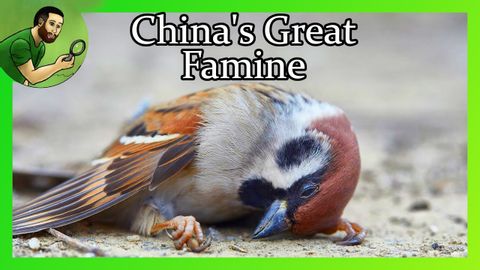How Killing Sparrows Led to the Deaths of Over 45 Million People - China's Great Famine
Jimmy Putinnie が 2024 年 04 月 28 日 に投稿  この条件に一致する単語はありません
この条件に一致する単語はありませんUS /ˈdʒɛnjuɪn/
・
UK /ˈdʒenjuɪn/
US /ˈdɛlɪkɪt/
・
UK /'delɪkət/
- adj.繊細な ;繊細な ;敏感な;微妙な;デリケートな
US /ˈkraɪsɪs/
・
UK /'kraɪsɪs/
エネルギーを使用
すべての単語を解除
発音・解説・フィルター機能を解除

